Wheat germ is a powerhouse of nutrition and can be used to add flavor and texture to many dishes.
However, wheat germ can be hard to find in some areas or may not fit into your dietary needs.
If you’re looking for an alternative that still packs a nutritional punch, look no further!
Here are eight of the best substitutes for wheat germ that will help you get the nutrients you need without sacrificing taste or texture.
What is Wheat Germ?
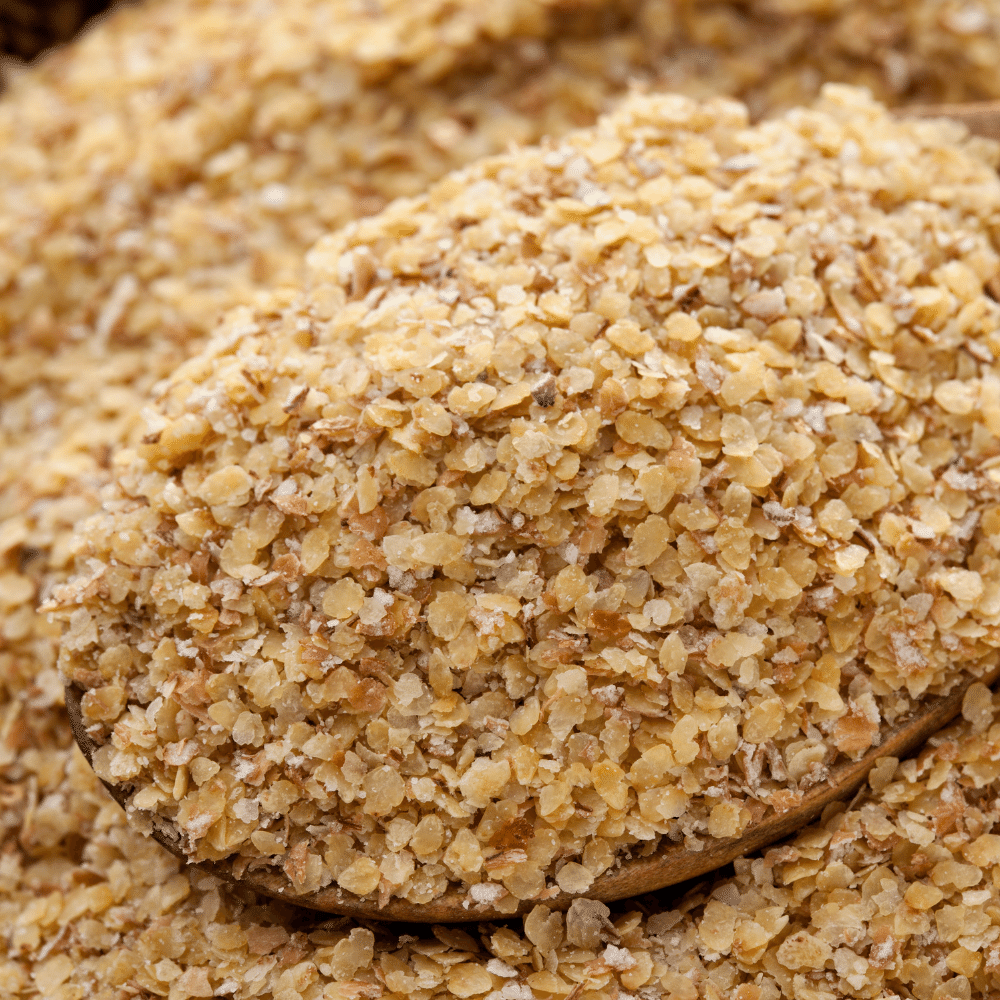
Wheat germ is a concentrated source of nutrition that comes from the center of wheat kernels.
It is removed during the milling process, which turns whole wheat into refined white flour.
Wheat germ has a nutty flavor and can be used as an ingredient in many dishes such as breads, muffins, cereals, smoothies, pancakes, etc.
It also makes for an excellent topping or garnish on salads and desserts.
As a food product, it can be added to recipes to boost their nutritional value or enjoyed on its own either raw or slightly toasted with some honey or other sweetener for additional flavor.
The 8 Best Substitutes For Wheat Germ
Wheat germ is an excellent source of nutrition, but it can be hard to find in some parts of the world.
Fortunately, there are plenty of substitutes that will offer a similar nutritional profile and texture.
Here are 8 great alternatives you can use instead:
1 – Oat Bran
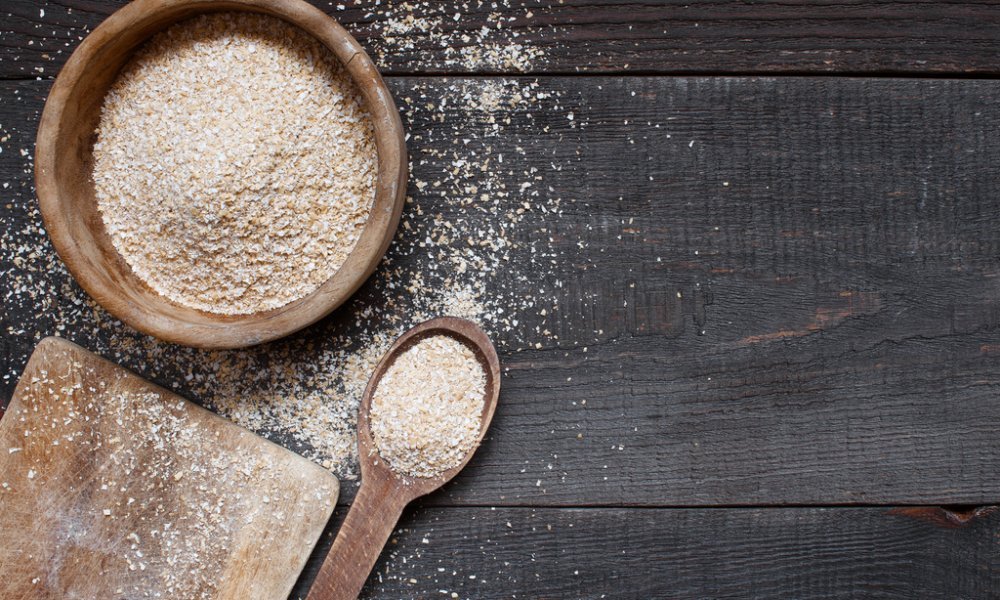
Oat brans’ popularity has been on the rise due to its versatility and flavor.
It is incredibly easy to cook with—just add it straight into your recipe or you can use oat bran to replace flour in many recipes for a lighter texture.
Oat bran is also high in fiber and protein, making it an excellent choice for creating healthy meals and snacks.
When should you opt for oat bran over wheat germ?
Generally, this depends on the flavors your trying to achieve in whatever dish or baked good you’re preparing.
If you want something that’s light, fluffy but still slightly nutty flavored then oat bran will be a great choice as compared to instead of wheat germ because it lends more sweetness from sugars than wheat germ does, boosting up the overall flavor intensity of your dispes significantly more.
Additionally, if you’re trying to create an Italian dish such as focaccia bread then using oat brand will offer much better texture-wise than using usual wheat germ which tends tend towards a heavier texture when used together with other ingredients.
2 – Ground Flaxseed

Ground flaxseed is gaining popularity for its versatility and nutritional benefits.
It’s an excellent source of dietary fiber, essential fatty acids like Omega-3, and a range of vitamins and minerals.
These days, people are looking to add more nutrition to their diets but also want great taste when they cook or bake something special.
Flaxseed can be used in just about any recipe—from soups, stews, smoothies, sauces, baked goods, omelettes…you name it!
When it comes to replacing wheat germ specifically, ground flaxseed is a great choice because its unique nutty flavor is quite similar to that of traditional wheat germ while providing several additional health benefits.
Plus you don’t need as much as you would with wheat germ; just one tablespoon provides up to seven times the fiber derived from three tablespoons of wheat germ!
3 – Rice Bran
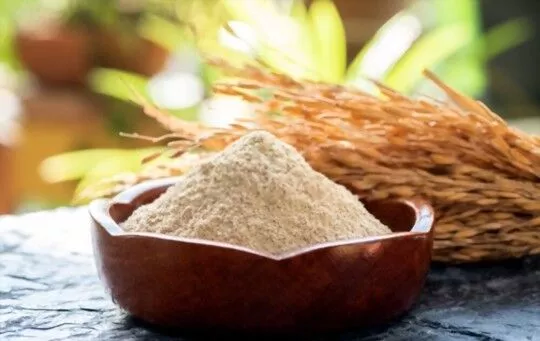
Rice bran is gaining in popularity due to its versatility and flavor-adding properties.
Rice bran is made from the layer between rice hulls and white rice, making it a great source of dietary fiber while remaining naturally gluten-free.
Rice bran can act as an alternative to wheat germ in baking recipes like cookies, muffins, and cake.
Because it has a mild enough taste that won’t overpower the original recipe’s flavors, adding it subtly enhances the overall taste of baked goods without being too noticeable.
Unlike some gluten-free alternatives such as almond flour or coconut flour, it can be easily replaced one-for-one with wheat germ—making any conversion process simpler!
Rice bran also adds value nutritionally when compared to wheat germ since it contains more healthy fat content along with antioxidants that are important for general health maintenance from cell damage.
Furthermore, using rice bran rather than wheat germ makes any dish suitable for those who are following a gluten-free lifestyle without sacrificing on texture or flavor!
4 – Ground Sunflower Seeds
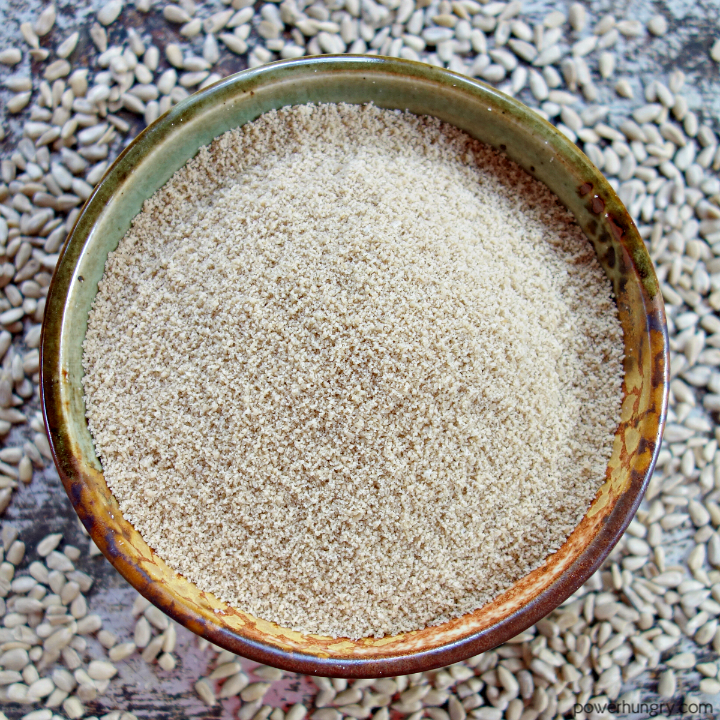
Ground sunflower seeds are popular due to their versatility and ability to warm up the flavor of any dish they’re used in.
Ground sunflower seeds have a unique convenience factor.
They are naturally gluten-free, so this makes them incredibly versatile for those with dietary restrictions or preferences.
Plus, you can use these tiny nuggets of nutrition in a wide array of recipes from granola bars to salads and more!
They also add a wonderful roasted flavor with every bite when included in your cooking arsenal.
Unlike wheat germ which adds nutty flavors, ground sunflower seeds offer an earthy richness with hints of sweetness that definitely make dishes rise above the boring version without it.
Ground sunflowers make sense as an alternative to wheat germ when you’re aiming for a heartier texture that still fills the mouth but does not dominate.
As long as it is added in moderation, ground sunflowers won’t overpower any other flavors at play but will enhance them instead – making dishes much tastier and enjoyable!
5 – Whole Wheat Flour and Honey

Whole wheat flour and honey together has become a popular combination for many uses.
Whole wheat is an excellent source of whole grains, as it contains all three parts of the kernel—the bran, germ, and endosperm.
Because it’s high in fiber, you can incorporate more nutrients into standard recipes without changing the flavor profile or consistency too much compared to white flour.
Honey adds sweetness and an interesting flavor dimension that pairs beautifully with the nutty taste of whole wheat flour.
One more advantage?
Honey keeps any baked goods moist longer than other sweeteners like corn syrup thanks to its low glucose levels which means less starch crystallization as time passes.
It makes sense to use honey and whole wheat flour instead of wheat germ when baking because since wheat germ is just one part of a grain kernel, it doesn’t contain enough complex carbohydrates on its own to bind foods together like grease or butter do in baking; so using both honey and cake or bread flour will yield better results if you’re looking for a fluffy texture in your pastries!
6 – Coconut Flour

Coconut flour is quickly becoming popular in the health food community due to its versatility and unique flavor.
It’s made by grounding coconut meat—the white, fleshy inside of a raw coconut—into a flour-like consistency.
Because it’s gluten-free and contains lots of fiber, it can be used as an alternative to traditional wheat flours when baking or cooking.
Not only does coconut flour look and smell similar to regular wheat flour, but it adds a subtly sweet taste that is difficult to replicate with other ingredients.
When using it instead of wheat germ, you don’t have to worry about making major adjustments for texture or flavor because it behaves just like your standard grain flours do.
And since there often isn’t much difference between the two nutritionally speaking, if gluten sensitivity isn’t an issue for you and you’re looking simply for taste or convenience use either one will work fine – depending on what works best for your recipe!
7 – Ground Almonds

Ground almonds have been used for centuries, going all the way back to Ancient Rome.
They are incredibly versatile and have a distinctive flavor that works well in both savory and sweet dishes.
Their texture makes them a wonderful addition to baked goods like cookies, cakes, breads and even cupcakes.
When it comes to using ground almonds instead of wheat germ, there are several reasons why someone might prefer it.
For example, ground almonds can provide a nutty flavor without being overpowering like wheat germ often is.
Additionally, they may be more affordable than some other options available on the market such as flax or chia seeds; plus they add an extra bit of nutrition due to their high amounts of healthy fats and proteins as compared with refined white flour products like cake mixes or pre-mixes.
Finally, if you need some crunchiness in your dish but don’t have time (or money) for wheat germ then consider replacing it with ground almonds!
This shelf-stable ingredient can easily be substituted into recipes for added crunchiness and subtle nutty flavors without any fuss or mess—a definite win-win when you’re trying to get dinner on the table quickly!
8 – Hemp Hearts

Hemp Hearts are becoming increasingly popular in baking, smoothies, and many other types of meals.
It’s not surprising due to their several different flavor profiles, nutritional value, and overall versatility.
Unlike wheat germ which tends to be bland with only a slight nuttiness due to its crunchy texture, Hemp Hearts can taste sweet and earthy depending on the variety you get.
On top of that, they offer tons of health bonuses including beneficial fatty acids like omega 3s as well as protein which helps keep you fuller for longer.
It makes sense to use Hemp Hearts instead of wheat germ when you’re looking for an extra dose of protein or healthy fats that won’t affect your dough’s crispiness like most nuts will tend to do in baking applications such as cakes and cookies.
Additionally, the subtle sweetness from the seeds can become almost undetectable when it is blended into savory dishes such as sauce dressings or egg scrambles but give them an extra punch of flavor if desired.
Conclusion
So, as we can see, there are plenty of great substitutes for wheat germ if it is not available or it doesn’t fit into your dietary needs.
Whether you choose oat bran, ground flaxseed, rice bran, ground sunflower seeds, whole wheat flour and honey, coconut flour, ground almonds, or hemp hearts, you’ll still be getting the same nutritional profile and texture that you love from wheat germ.
With these options, you can still enjoy the healthy benefits of wheat germ without sacrificing taste or texture.
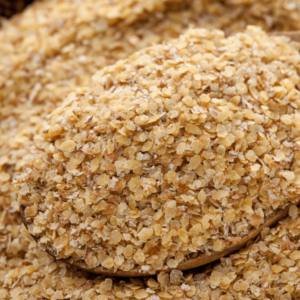
The 8 Best Substitutes For Wheat Germ
Ingredients
- Oat Bran
- Ground Flaxseed
- Rice Bran
- Ground Sunflower Seeds
- Whole Wheat Flour and Honey
- Coconut Flour
- Ground Almonds
- Hemp Hearts
Instructions
- Pick your favorite substitute from the list above.
- Follow cooking directions for your selected substitute with the proper ratio of ingredients.
Hi, I'm Benjamin. I love cooking, long walks, and my girlfriend! Here you’ll find simple and delicious recipes that you can make in 30 minutes or less.

